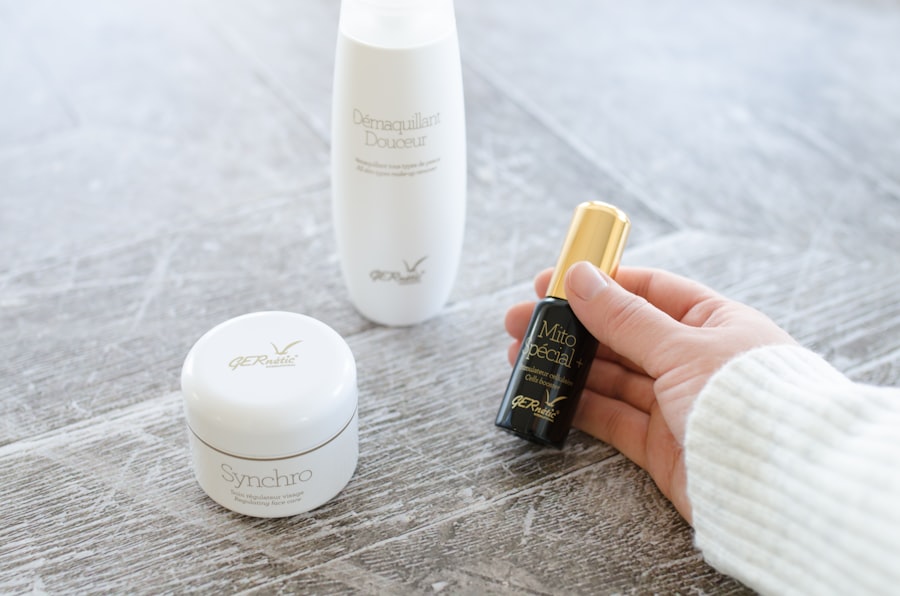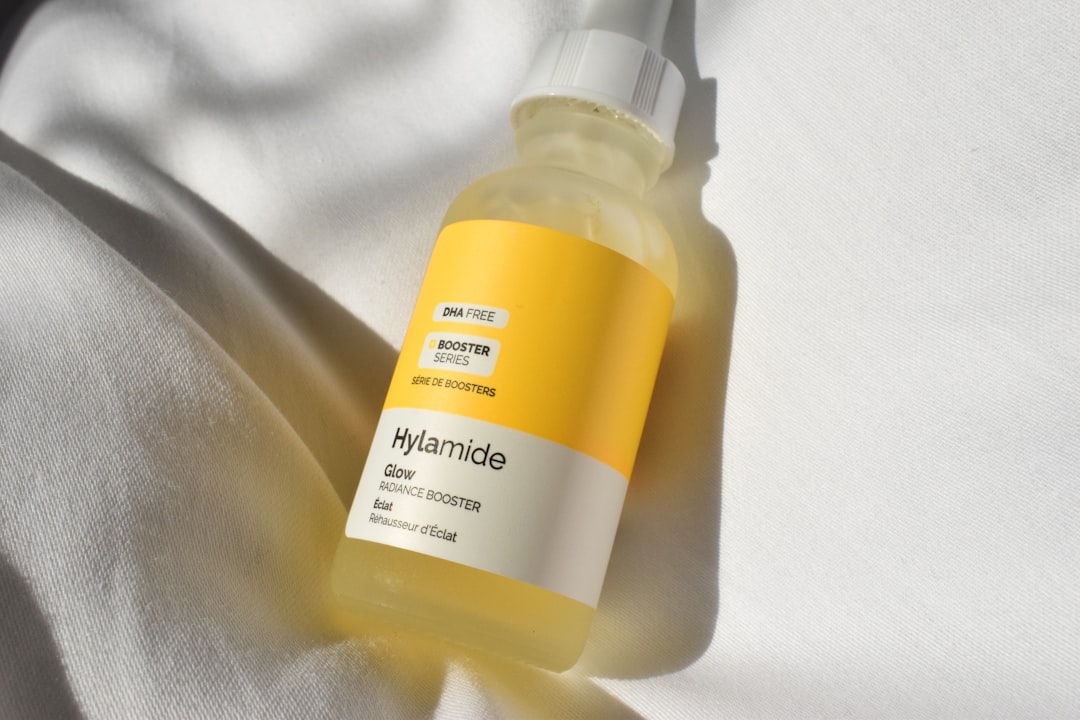When you consider laser hair removal, it’s essential to grasp how the process works. At its core, laser hair removal utilizes concentrated beams of light to target and destroy hair follicles. The pigment in the hair absorbs this light, which generates heat that damages the follicle, inhibiting future hair growth.
This method is particularly effective for individuals with dark hair and lighter skin, as the contrast allows the laser to focus on the hair more efficiently. However, advancements in technology have made it possible for various skin and hair types to benefit from this treatment. Before undergoing the procedure, you will likely have a consultation with a trained professional.
During this meeting, you can discuss your hair removal goals, medical history, and any concerns you may have. The practitioner will assess your skin type and hair color to determine the most suitable laser for your needs. Understanding the intricacies of the laser hair removal process can help alleviate any apprehensions you might have, allowing you to approach the treatment with confidence and clarity.
Key Takeaways
- Laser hair removal targets hair follicles with concentrated light to inhibit future hair growth
- Shave the treatment area before the session and avoid sun exposure and tanning products
- Apply soothing creams and cold compresses to alleviate redness and swelling after treatment
- Manage discomfort with over-the-counter pain relievers and avoid hot showers and rigorous exercise
- Protect the treated area from sun exposure and use sunscreen regularly to maintain results
Preparing for Laser Hair Removal Aftercare
Preparation for aftercare begins even before your first session. It’s crucial to follow pre-treatment guidelines provided by your practitioner to ensure optimal results and minimize potential side effects. For instance, you may be advised to avoid sun exposure for several weeks leading up to your appointment.
Tanning can increase the risk of complications during treatment, as it affects how the laser interacts with your skin. Additionally, you should refrain from waxing or plucking hair in the area to be treated, as these methods can disrupt the hair growth cycle that laser treatment relies on. On the day of your appointment, arrive with clean skin free of lotions, creams, or makeup.
This ensures that the laser can effectively target the hair follicles without interference. Your practitioner may apply a cooling gel or numbing cream to enhance comfort during the procedure. Being well-prepared not only sets the stage for a successful treatment but also helps you feel more at ease throughout the process.
Post-Treatment Care Instructions
After your laser hair removal session, following specific post-treatment care instructions is vital for achieving the best results. Initially, you may notice some redness or swelling in the treated area, similar to a mild sunburn. This is a normal reaction and typically subsides within a few hours to a couple of days.
To soothe any discomfort, applying a cool compress can be beneficial. Additionally, your practitioner may recommend over-the-counter pain relief medication if needed. It’s also essential to keep the treated area clean and moisturized.
Use a gentle cleanser and avoid harsh scrubs or exfoliants for at least a week following your treatment. Keeping the skin hydrated can help reduce irritation and promote healing. Furthermore, be mindful of any activities that could exacerbate sensitivity, such as swimming in chlorinated pools or engaging in strenuous exercise that causes excessive sweating.
Managing Discomfort and Side Effects
| Discomfort and Side Effects | Metrics |
|---|---|
| Number of patients experiencing discomfort | 235 |
| Types of side effects reported | Nausea, Fatigue, Headache |
| Severity of discomfort on a scale of 1-10 | 6.5 |
| Number of patients requiring intervention | 78 |
While laser hair removal is generally well-tolerated, some individuals may experience discomfort or side effects following their sessions. Common sensations include mild redness, swelling, or a tingling feeling in the treated area. To manage these symptoms effectively, consider using aloe vera gel or a soothing lotion recommended by your practitioner.
These products can provide relief and help calm any irritation. If you experience more significant side effects, such as blistering or prolonged redness, it’s crucial to contact your practitioner immediately. They can provide guidance on how to manage these issues and determine if further intervention is necessary.
Being proactive about your comfort and addressing any concerns promptly will contribute to a smoother recovery process.
Protecting the Treated Area
Protecting the treated area is paramount in ensuring successful outcomes from your laser hair removal sessions. One of the most critical steps is to avoid sun exposure for at least four to six weeks post-treatment. UV rays can cause pigmentation changes in the skin and increase the risk of complications.
If you must be outdoors, applying a broad-spectrum sunscreen with an SPF of 30 or higher is essential. This will shield your skin from harmful rays while allowing it to heal properly. In addition to sun protection, be cautious about wearing tight clothing over the treated area for a few days after your session.
Tight fabrics can cause friction and irritation, which may hinder healing.
Maintaining Results with Proper Aftercare

To maintain the results of your laser hair removal treatment, consistent aftercare is key. After your initial sessions, you may notice that hair regrowth is significantly reduced; however, some fine hairs may still appear over time. Regularly scheduled follow-up treatments will help ensure that any remaining follicles are effectively targeted and eliminated.
In addition to follow-up sessions, maintaining healthy skin in the treated area is crucial for long-lasting results. Incorporate a gentle skincare routine that includes moisturizing and exfoliating as needed (but not immediately after treatment).
Scheduling Follow-Up Treatments
Scheduling follow-up treatments is an integral part of achieving optimal results from laser hair removal. Typically, sessions are spaced several weeks apart to allow time for hair growth cycles to complete their natural course. Your practitioner will provide a personalized treatment plan based on your specific needs and goals.
As you progress through your treatment plan, it’s essential to communicate openly with your practitioner about any changes you notice in hair growth or skin condition. This feedback will help them adjust your treatment schedule if necessary and ensure that you are on track to achieve the desired outcome.
Consulting with a Professional for Individualized Aftercare Advice
Finally, consulting with a professional for individualized aftercare advice is invaluable in maximizing the benefits of laser hair removal. Each person’s skin type and response to treatment can vary significantly; therefore, personalized guidance is crucial for addressing specific concerns or questions you may have. Your practitioner can provide tailored recommendations based on your unique situation, including tips on skincare products that are safe for use post-treatment and advice on managing any side effects you may experience.
By maintaining an open line of communication with your provider throughout your journey, you can ensure that you receive the best possible care and achieve lasting results from your laser hair removal experience. In conclusion, understanding the entire process of laser hair removal—from preparation through aftercare—is essential for achieving optimal results. By following guidelines provided by professionals and being proactive about post-treatment care, you can enjoy smooth skin without unwanted hair for years to come.
After undergoing laser hair removal, it is crucial to follow proper aftercare instructions to ensure optimal results and minimize any potential side effects. One important aspect of aftercare is protecting your skin from sun exposure, as it can increase the risk of complications. For more information on how to care for your skin post-laser hair removal, check out this informative article on laser hair removal aftercare.
FAQs
What is laser hair removal aftercare?
Laser hair removal aftercare refers to the steps and precautions that should be taken after undergoing a laser hair removal treatment to ensure proper healing and optimal results.
Why is laser hair removal aftercare important?
Laser hair removal aftercare is important to minimize the risk of complications such as skin irritation, redness, and swelling. It also helps to promote faster healing and maintain the effectiveness of the treatment.
What are some common aftercare tips for laser hair removal?
Common aftercare tips for laser hair removal include avoiding sun exposure, using gentle skincare products, avoiding hot showers and baths, and applying soothing creams or gels to the treated area.
How long does it take for the skin to heal after laser hair removal?
The skin typically takes a few days to a week to heal after laser hair removal. However, individual healing times may vary depending on the person’s skin type and the intensity of the treatment.
Are there any restrictions on activities after laser hair removal?
It is recommended to avoid activities that may irritate the treated area, such as excessive sweating, swimming, and using hot tubs or saunas for a few days after laser hair removal.
What should I do if I experience any adverse reactions after laser hair removal?
If you experience any adverse reactions such as severe redness, swelling, or blistering after laser hair removal, it is important to contact your healthcare provider or the clinic where you received the treatment for further guidance and care.






